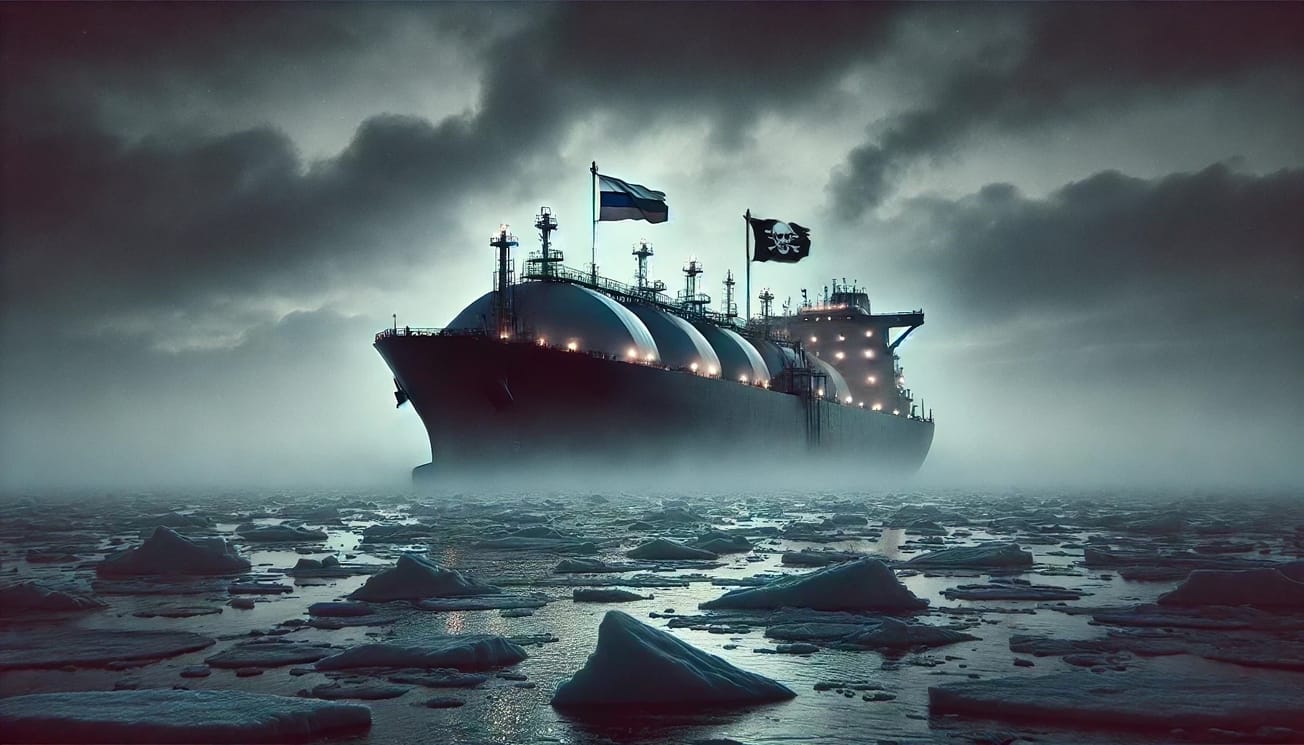


+ Climate change and the growing demand for rare earth minerals for “green revolution” technologies present new opportunities for deep sea mining, particularly in a warming Arctic where the ocean is rich in these resources.
+ Deep sea mining is also increasing in strategic importance, as states seek to shore up sovereign supplies of these critical minerals amidst concerns over China’s growing commodity power and strategic manipulation of their supply chains.
+ However, despite its potential as a climate-friendly alternative to securing critical minerals for green technology and sovereign supply, deep sea mining brings with it significant environmental risks, including habitat destruction, pollution, and potentially long-term adverse impacts on biodiversity.
+ The industry must successfully manage or mitigate these environmental risks, as well as prepare to face regulatory uncertainty, as states either forge ahead with or attempt to ban these activities, and gear up to contest them on a global scale.
Deep sea mining in the Arctic is set to gain significantly in geopolitical and strategic importance as climate change transforms the region. Deep sea mining has reemerged as an attractive means for obtaining rare earths, the essential minerals that enable the technologies driving the “green revolution.” States will seek to control critical minerals and resources to meet this need, in turn facilitating their own strategic independence as supply chain politicization increases. These dynamics present an opportunity for the deep sea mining industry, as demand for these resources grows alongside government investment and public-private partnerships. With its ice melting faster than ever, accessing polymetallic nodules on the Arctic seafloor is becoming an increasingly viable option to attain these essential materials. Yet the commercial deep sea mining sector must remain aware it is entering a hot geopolitical gray zone rife with legal and regulatory challenges and state interventions, and must also contend with an evolving array of environmental concerns and pursuant responsibilities.
A Resurrected Emerging Industry
Deep sea mining is a resurrected emerging industry. First launched in the 1960s, the industry experienced a period of considerable growth, followed by a downturn in the 1980s due largely to soaring operational costs and dissipating concerns over the development and control of mineral supply chains for political aims. Today deep sea mining finds itself on the cusp of a new era, one that has reemerged characterized by a compelling (though contested) alignment with the crucial mission to mitigate climate change: the green revolution. Parallel to, or perhaps as a result of, this mission, we are again seeing a rise of commodity power galvanizing political discourse around sovereign supply chains of rare earths.
Demand for these rare earths, spurred by increasing global demand for new goods and technologies and the burgeoning populations in Asia and Africa, is helping to drive deep sea mining’s timely revival. Above all, however, it is defined by the green revolution transforming technology and energy sectors worldwide. To illustrate the urgency of the situation, consider the growing market for electric vehicles, a hallmark of the green revolution, each of which require a remarkable six times the mineral input on average of a conventional gas or diesel powered vehicle. Responding to this unavoidable increase in demand requires nations seek to widen access to these minerals to keep pace with evolving trends. As nations start to expand their stockpiles in anticipation of future needs, and as politicization of the rare earth minerals supply chain intensifies, this imperative becomes even more apparent.
With this, we see the Arctic Ocean primed to take on a significant role in deep sea mining. Once known merely as an important source of tin for the Soviet Union, the Arctic Ocean today has the potential to become a lynchpin in a forward-looking and competitive global resources strategy. This region has historical significance as well, which has not been lost on the key players in the region; after all, it was in Arctic waters that polymetallic nodules, a key source of minerals for seabed exploitation, were first discovered in 1868. The known quantities of mineral resources, including rare earth elements and iron, gold, silver, cobalt, nickel, copper, and zinc lying beneath Arctic waters will likely play a significant role in meeting demand for the green revolution over the coming decades. Although the full extent of these resources is not yet known, the potential for further discoveries is undeniable. Norway is already taking the lead in the region, opening up an undersea area, roughly the size of the UK and Ireland combined, to commercial deep sea mining activity.
Green Revolution Demand Meets Sovereign Supply and a Contested Space within Climate Change Mitigation
Commercial interests, increasingly backed by governments, will need to navigate significant local and geopolitical risk, and balance that against the strategic and national security importance of sovereign and reliable sources of critical rare earth minerals. Currently, China dominates the global supply for these and other in-demand minerals leading to rekindled fears of commodity power and strategic manipulation of the supply chain to critically disadvantage other nations. Moreover, this type of hostility can easily spark national security concerns, driving legal and regulatory challenges and other state interventions that increase the impact on industries and businesses operating in this space.
Geopolitical concerns aside, the elephant in the room for commercial deep sea mining remains the environmental risks. Especially in the Arctic, the deep sea environment is complex, fragile, and still not fully understood by scientists. It hosts unique and diverse ecosystems, many of which are poorly studied, as well as species that have not been discovered yet. The possible effects of deep sea mining on these ecosystems include physical destruction of habitats as a result of disturbance from noise and light, and pollution from sediment plumes or accidental leaks or spills that can cause widespread and long-term adverse impacts.
Disruption of the seafloor could have profound effects on biodiversity potentially leading to the loss of species, particularly as many deep sea species have lengthy maturation processes and long life cycles. While these characteristics are successful adaptations to the cold, deep ocean floor environment, it also makes these organisms particularly vulnerable, and recovery from harmful disruption in this fragile ecosystem much more difficult. And while advances in technology, access to better infrastructure, and the creation of safeguards may help to reduce these environmental impacts, it is unlikely that they will be able to fully mitigate or eliminate them.
Treasures from the Deep?
Deep sea mining in the Arctic presents an increasingly attractive opportunity to reshape the narrative of sovereign essential resource acquisition in an increasingly polarized global landscape. The national security imperative of securing sovereign supply chains for rare earths is now by some perspectives aligned with climate change goals that reduce global greenhouse gasses and power the aspirations of the global green revolution. However, its green credentials are contested by key environmental groups and certain national governments on the grounds of the potential damage it might do to seabed ecosystems.
The national security imperative of securing sovereign supply chains for rare earths is now by some perspectives aligned with climate change goals that reduce global greenhouse gasses and power the aspirations of the global green revolution.
The question here, then, is if pressure from these stakeholders can discourage governments who are keen to see deep sea mining as a unique opportunity to marry commercial potential, with the needs of the green revolution, and supply chain security. In the short term, this seems unlikely as Norway starts to rapidly push ahead with its deep sea mining plans, paving the way for similarly-minded states to follow. The Arctic Ocean, with its reserves of critical minerals, is fitting to play a pivotal role in critical mineral and rare earth security and the demands of the green revolution. The optimistic and forward-looking vision of deep sea mining from states like Norway paves the way for arguably sustainable and responsible mining practices that meet global needs while offering a climate-friendly alternative, albeit a contested one. However, care must be taken–the impact of deep sea mining on seabed ecosystems is unknown and political pressure is mounting for a global moratorium until these effects are better understood. The deep sea prospect for those like Norway is not yet geopolitically sound.









